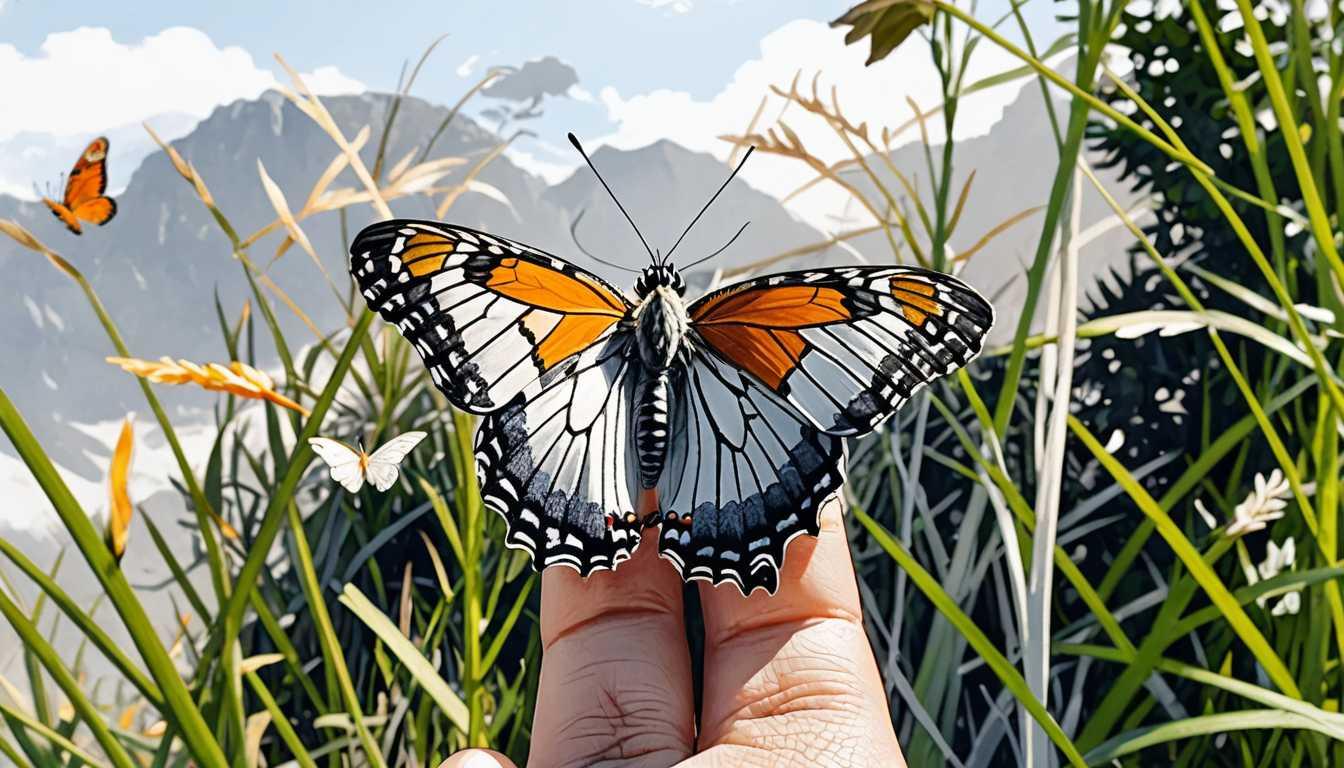Orchids: Obsession & Survival
May 2023
Smithsonian Magazine
Introduction
Dive into the world of orchidelirium with Smithsonian Magazine's captivating tale! Discover how a mix-up in 1818 sparked a global obsession with orchids, leading to daring adventures and the pursuit of the Angraecum longicalcar, a critically endangered beauty from Madagascar. Will this orchid, with its unique pollination mystery and the threat of extinction, survive only in hothouses? Join the quest to save these enchanting flowers and maybe, just maybe, be part of their conservation story.
READ FULL ARTICLEWhy It Matters
Discover how this topic shapes your world and future
The Enchanting World of Endangered Orchids
Imagine a flower so captivating that people have risked their lives just to catch a glimpse of it. This isn't a fairy tale; it's the story of the orchid, a bloom that has stirred human fascination and desire for centuries. From the accidental discovery that sparked "orchidelirium" to the present-day efforts to save the critically endangered Angraecum longicalcar, orchids represent a fascinating intersection of natural beauty, human passion, and the urgent need for conservation. Understanding the plight of these flowers, particularly the Angraecum with its unique pollination challenge, highlights the delicate balance of ecosystems and the impact of human activity on biodiversity. For you, this story isn't just about a flower; it's a gateway to exploring the complex relationships between humans, plants, and the environment on a global scale—showing how every species, no matter how small, plays a crucial role in our world's tapestry.
Speak like a Scholar
Epiphytic
A type of plant that grows on another plant for physical support but is not parasitic, deriving moisture and nutrients from the air and rain.
Bilateral symmetry
A condition in which two halves of an object, like an orchid or a human face, are mirror images of each other.
Conservation
The protection and preservation of natural resources, including plants, animals, and habitats, to prevent them from becoming extinct.
Pollinator
An animal that moves pollen from the male structure of a plant to the female structure, enabling the plant to produce seeds and reproduce.
Asexual reproduction
A type of reproduction that does not involve the fusion of gametes or change in the number of chromosomes, resulting in offspring that are genetically identical to the parent plant.
Biodiversity
The variety of life in the world or in a particular habitat or ecosystem, highlighting the importance of every species, no matter how small.
Independent Research Ideas
The psychological impact of flowers on human behavior
Investigate how different types of flowers, including orchids, influence human emotions, behaviors, and even productivity in various settings.
Exploring plant communication
Delve into the fascinating world of how plants communicate with each other and with their pollinators, focusing on the unique mechanisms employed by rare orchids.
The role of botanical gardens in conservation
Examine how botanical gardens, like the Smithsonian gardens, contribute to the conservation of endangered species and what strategies they use to preserve biodiversity.
The economics of rare plants
Analyze the economic impact of rare plants on local and global markets, including the ethical considerations surrounding the trade of endangered species like orchids.
Climate change and pollination patterns
Explore how changing climate conditions affect the relationships between plants and their pollinators, with a focus on species that have evolved highly specialized pollination mechanisms.
Related Articles

Rice Harvesting: A 10,000-Year Mystery Solved
December 2022
Dartmouth College

Insects Unveiled: Your Tea's Hidden Story
July 2022
Smithsonian Magazine

Wings of Change: Butterflies vs. Climate
July 2023
University of Cambridge

Saving the Giant Corpse Flower
September 2023
University of Oxford

Buzzing Through Time: Mummified Bees
August 2023
Smithsonian Magazine